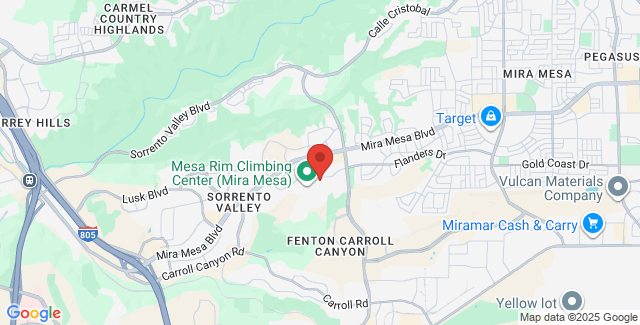Juvenile Crimes
The Office of Juvenile Justice and Delinquency Prevention (OJJDP) compiles arrest information provided by law enforcement agencies each year and creates reports examining the trends, rates and statistics for juvenile crimes. Every four years the OJJDP publishes a comprehensive study as part of its Juvenile Offenders and Victims National Report Series. The arrest statistics found in these studies are useful for comparing general trends.
Juvenile Crime Statistics
The OJJDP has cautioned that the numbers and percentages recorded in them do not represent all criminal activity. Arrest records do not present a precise picture of how much crime has been committed, in part because:
- A great number of crimes committed each year go unreported. If no arrest is made, no report will be filed.
- Youth are more likely to be caught for committing crimes than adults are.
- Persons who have been arrested are booked only for the highest level of crime they committed – thus, arrest records exclude some data. For example, if a person robbed a bank at gunpoint and at the time of arrest was found to be carrying drugs, he would be arrested for armed robbery, not drug possession.
- A one-to-one ratio does not exist between arrests and crimes. In some cases one crime may result in several arrests (especially among youth, who frequently commit crimes in groups). In other cases a number of crimes may result in only one arrest.
The reports generated by the OJJDP, although not infallible in representing crime rates, are effective at showing trends and general patterns. The following patterns in juvenile crime have been particularly interesting:
- Between 1987 and 1994 most arrest rates increased sharply. Aggravated assault rates doubled, as did murder rates.
- Since 1994 most arrest rates have been in steady decline. Murder arrest rates, for example, were 74% lower in 2000 than they were in 1993.
- Males drove the 1987-1994 spike in the murder arrest rate, and the increases were seen in acts committed with firearms.
- Drug abuse arrest rates rose steadily through the ’90s and have not yet dropped significantly.
- The arrest rate among females did not experience the sharp rise and fall that occurred with males during the ’90s. Arrest rates among female offenders, instead, have continued to rise steadily since the 1980s.
Juvenile Delinquency and Crime
Crimes and behaviors youth may be arrested for include the following:
Violent Crimes
Assault
Homicide
Rape
Robbery
Arson
Auto theft
Burglary
Larceny/Theft
Vandalism
Weapons possession
Drug and Alcohol Violations
Driving under the influence (DUI)
Drunk and disorderly conduct
Drug abuse
Liquor law violations
Drug Possession
Intent to Sell Drugs
Sexual Offenses
Prostitution/Commercialized vice
Rape
Prostitution
Status Offenses
Curfew violations
Incorrigibility (refusal to obey parents)
Running away
Truancy
Underage alcohol consumption
Most Common Juvenile Crimes
Roughly half of all youth arrests are made on account of theft, simple assault, drug abuse, disorderly conduct, and curfew violations. OJJDP statistics show theft as the greatest cause of youth arrests.
- In 1999, 2,468,800 juvenile arrests were recorded; of these, 380,500 were arrests for theft. In 2000, 2,369,400 arrests were recorded; of these, 363,500 were for theft.
- Drug abuse violations accounted for 198,400 of the 1999 arrests, and 203,900 of the 2000 arrests.
- Violent crime accounted for 103,900 of the 1999 arrests and 98,900 of the 2000 arrests. Across the board arrest rates dropped 5% between 1999 and 2000.
Consult a Juvenile Defender
To learn more about juvenile crime and the Juvenile Justice System, contact a juvenile defender in your local area. Impact Law's nationwide network of attorneys can help you locate an experienced lawyer near you.




